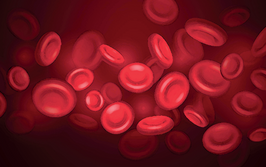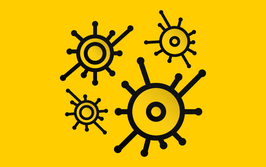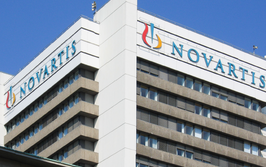Translation Twists and Turns
Could tackling bottlenecks in early-stage R&D provide a faster route to the clinic?

Efforts to speed up clinical translation of new therapies typically focus on moving the product from R&D into clinical trials – that is, from bench-to-bedside. A new study has revealed just how often new drugs move around between different companies during this process. The classic pathway for therapies discovered in a university lab is for the IP to be licensed to a small biotech company, with a view to sublicensing to a larger company for clinical trials. However, it is not uncommon for drugs to move around several companies during early-stage development. Could streamlining these bench-to-bench moves be another route to accelerate commercialization?
The authors suggest that better communication of the results of early research could speed up the process by cutting down on repetition, and recommend a translational research database similar to clinicaltrials.gov. Study author Marie Thursby explains, “This should allow firms to more easily find partners, for policy makers to more accurately deploy research funding and, hopefully, prevent actors from duplicating or triplicating research efforts. Better information, for example, would allow many disease foundations to more easily identify research relevant to them, which they could in turn support.”
- M. J. Higgins, J. Thursby, and M. Thursby, “Bench-to-Bench Bottlenecks in Translation”, Sci. Transl Med. 6 (250), 250fs32 (2014).

As an Editor at Texere, I’m working closely with our audience to create vibrant, engaging content that reflects the hard work and passion that goes into bringing new medicines to market. I got my start in biomedical publishing as a commissioning editor for healthcare journals and have spent my career covering everything from early-stage research to clinical medicine, so I know my way around. And I can’t think of a more interesting, challenging or important area to be working in.



















